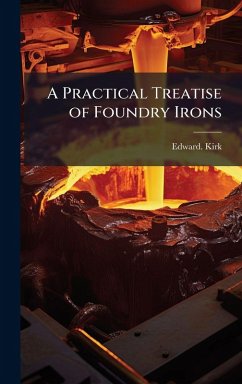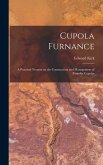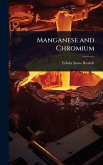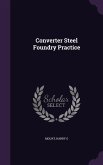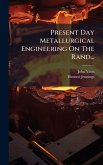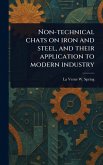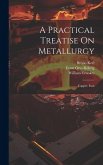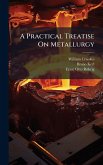A Practical Treatise of Foundry Irons, originally published in 1911, offers a comprehensive exploration of iron casting and metallurgy. Authored by Edward Kirk, this detailed guide covers a wide range of topics essential to understanding the properties and applications of foundry irons. The treatise delves into the specifics of pig iron, fracture grading of pig and scrap irons, and the effective mixing of different iron types. It thoroughly examines the roles of various elements and metalloids in iron composition, methods for grading iron through chemical analysis, and the establishment of chemical standards for iron castings. Readers will also find in-depth discussions on testing cast iron, understanding semi-steel, and related metallurgical processes. This book is an invaluable resource for metallurgists, engineers, and anyone involved in the iron and steel industry, providing both historical context and practical knowledge applicable to modern practices. This work has been selected by scholars as being culturally important, and is part of the knowledge base of civilization as we know it. This work was reproduced from the original artifact, and remains as true to the original work as possible. Therefore, you will see the original copyright references, library stamps (as most of these works have been housed in our most important libraries around the world), and other notations in the work. This work is in the public domain in the United States of America, and possibly other nations. Within the United States, you may freely copy and distribute this work, as no entity (individual or corporate) has a copyright on the body of the work. As a reproduction of a historical artifact, this work may contain missing or blurred pages, poor pictures, errant marks, etc. Scholars believe, and we concur, that this work is important enough to be preserved, reproduced, and made generally available to the public. We appreciate your support of the preservation process, and thank you for being an important part of keeping this knowledge alive and relevant.
Bitte wählen Sie Ihr Anliegen aus.
Rechnungen
Retourenschein anfordern
Bestellstatus
Storno

